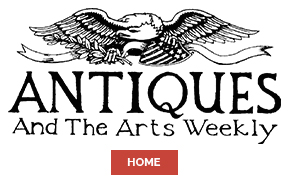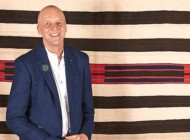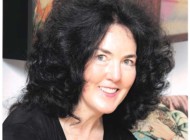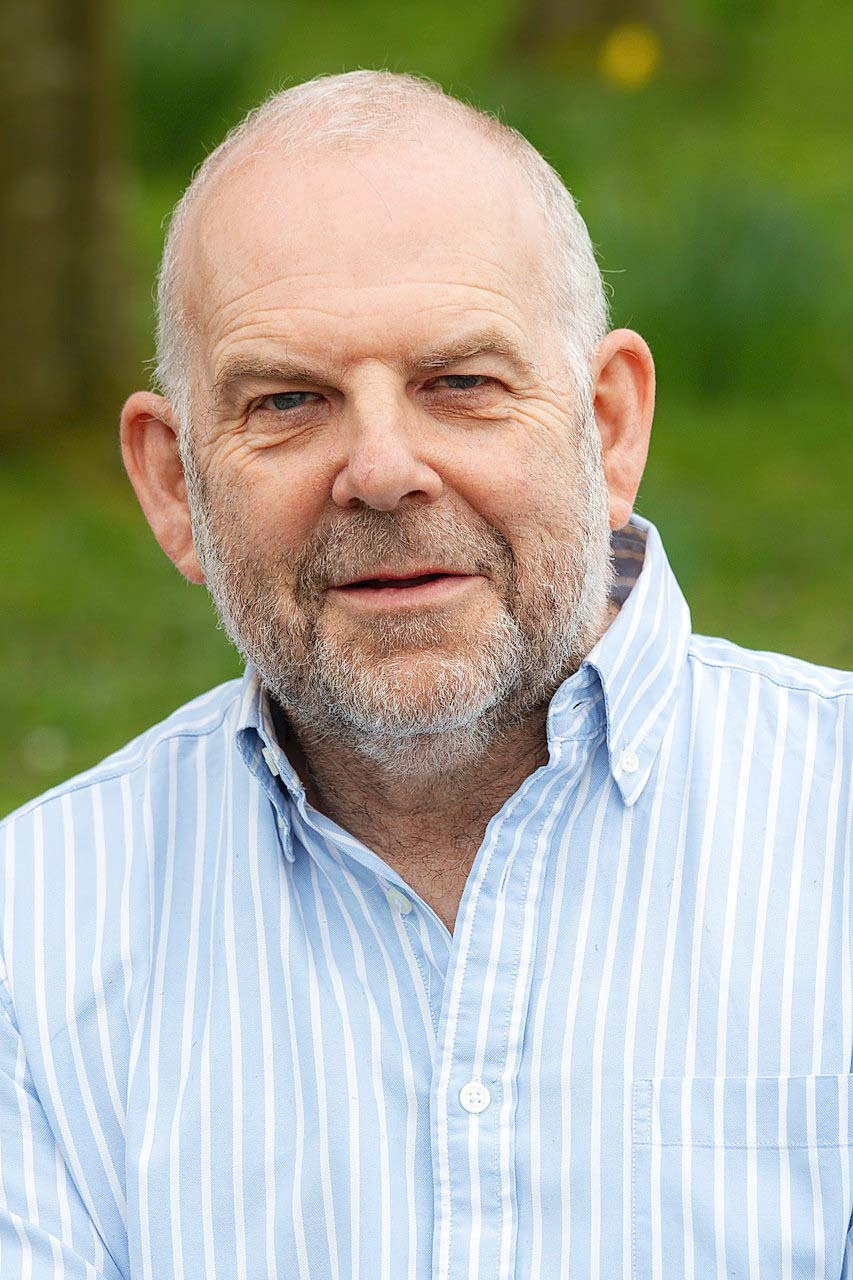
While you may not yet know James Campbell’s name, you are likely familiar with the work of his distant relative, E.H. Shepard. If you’re still not sure, you might know Shepard’s creative partner, A.A. Milne. Together, with Shepard as artist and Milne as author, the two are responsible for creating the beloved character Winnie-the-Pooh. Campbell has written the first-ever joint biography of Milne and Shepard, The Making of Winnie-the-Pooh, so we connected with him to get an inside look into his process and find out what readers can expect with the biography.
Can you share a little about your connection to E.H. Shepard?
My wife is E.H. Shepard’s great-granddaughter, and I have been involved in the Estate of E.H. Shepard for over 25 years, first as an advisor, then as an estate trustee and after 15 years, I am just standing down as chair of The Shepard Trust.
What is your educational and occupational background?
I have a bachelor’s degree in history, and a master’s degree in history of art. My career has been principally in environmental sustainability, and for many years I worked for US NGO The Earthwatch Institute, which was based on the Harvard Business School campus in Cambridge, Mass., and so Boston is a second home to me.
Was there something that inspired you to write this join biography of Milne and Shepard?
Shepard had not wanted a biography written in his lifetime, and whilst an excellent biography of A. A. Milne had been published over 40 years ago, it seemed like a good time to revisit these two life stories, and the Shepard family agreed to release previously closed family papers to me, whilst a number of facts about Milne had come forward over the past few years.
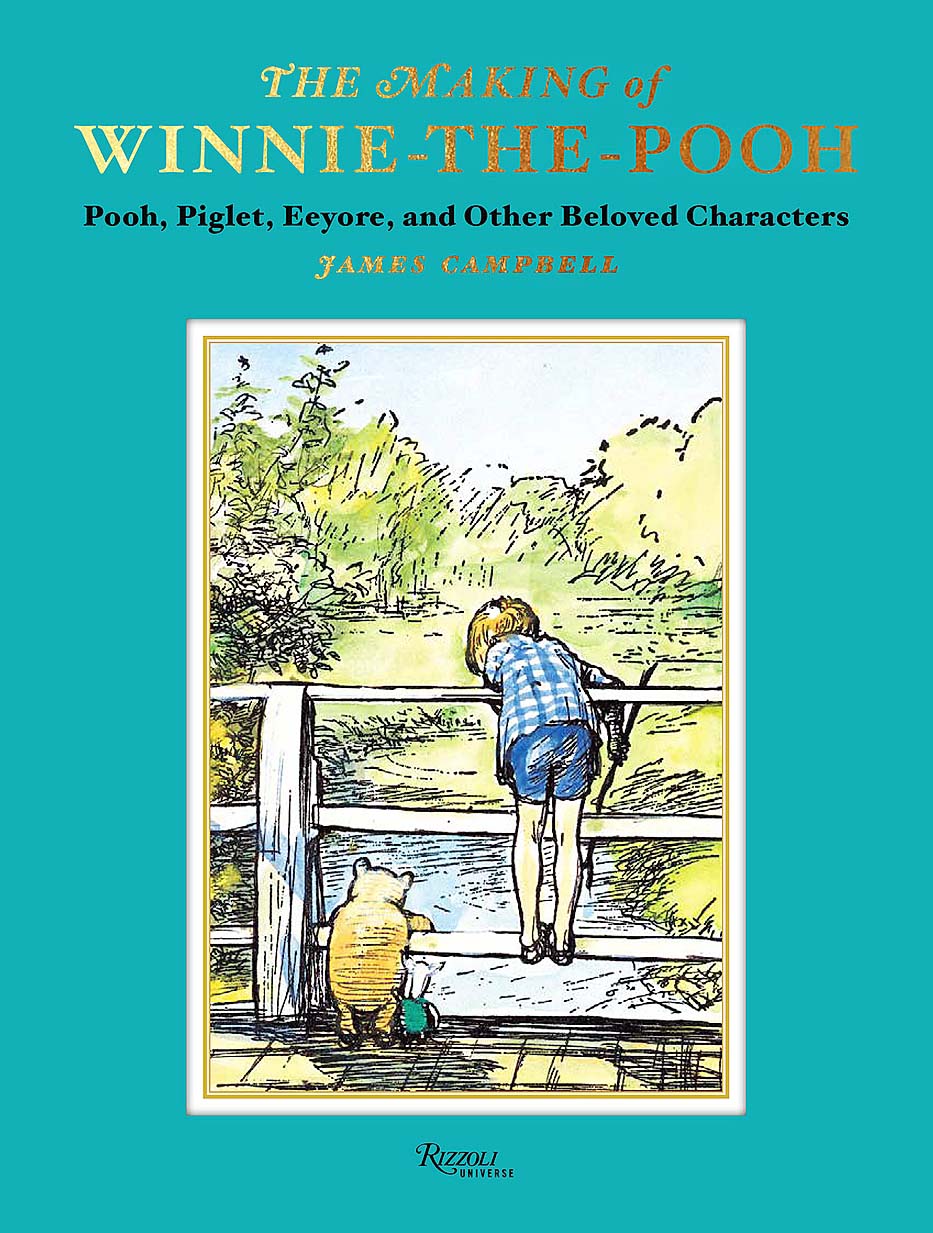
The Making Of Winnie-The-Pooh, which will be published September 20, is available for pre-order now.
Why is now the time for the world to have this story?
It is the 100th anniversary of the four Winnie-the-Pooh books, published between 1924 and 1928, so what better time to revisit the creators of these remarkable icons of children’s literature?
How did you begin researching for the book?
I started in the archives — of the British Library, in Trinity College Cambridge, at the E. H. Shepard Archive in the University of Surrey and with private papers. Reading and re-reading the wider work of both men was a privilege and a joy.
Who/what organizations did you collaborate with to learn more about Milne, Shepard and their partnership?
It was a sadness that A. A. Milne has no living descendants and very few who remember him, but Shepard lived much longer, and so there were many personal reminiscences. Getting information about their schooldays in the Victorian era was challenging, but there were some contemporary records — more so of Milne’s time at Cambridge University and Shepard’s at the Royal Academy Schools. Both wrote memoirs, which were a help, and both had the same literary agency, which provided some information. I was disappointed not to find out more about Walt Disney’s attempts to “sign up” Winnie-the-Pooh in the 1930s — however, he did persevere!
How is the book organized?
The book is organized chronologically and takes us through a fascinating period in history, from the late Nineteenth Century to the first half of the Twentieth Century, and as both men led remarkably parallel lives, it fell into a natural pattern.
What surprised you in the research process?
I was surprised that two men could be simultaneously so similar and yet so different. They had so much in common yet had fundamentally different approaches and attitudes to life and work.
What do you think will most intrigue readers about Milne and Shepard’s story?
I suspect many will be surprised that despite being a husband and father, Milne was very much a loner, uncomfortable in society and preferring books and golf, whereas Shepard was outgoing and convivial — his nickname, Kipper, derived from a music hall saying from the early years of the Twentieth Century that a “Giddy Kipper” was the life-and-soul of the party.
How does the information in your book differ from the information shared in previous exhibitions related to Winnie-the-Pooh/Milne?
Much has recently come to light about the relationship between the two of them — and the book also tells the secret of why, although the closest of professional collaborators for over 25 years, they were never personal friends. Read the book to find out why not…
—Carly Timpson
